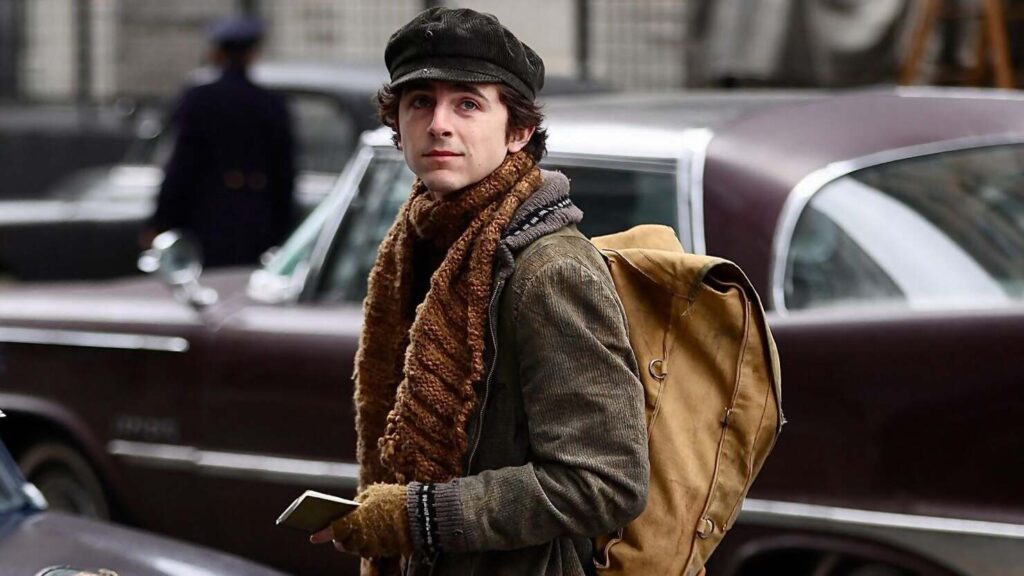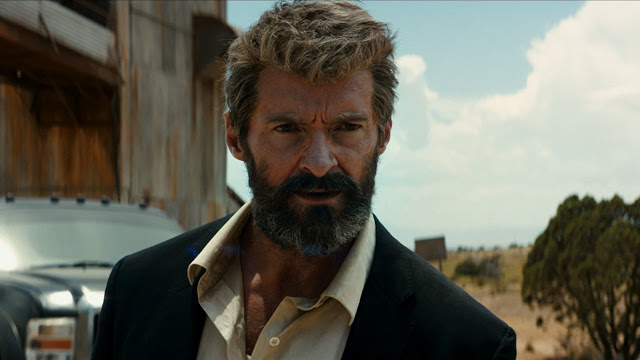A Complete Unknown: Don’t Judge a Schnook by His Covers

In the most memorable scene of Todd Haynes’ I’m Not There, a band takes the stage at a music show and turns to their guitar cases, only to retrieve a cache of machine guns and open fire on their unsuspecting audience. It’s a metaphor for the 1965 Newport Festival where Bob Dylan, beginning his pivot from homespun folk to electric oomph, infuriated the fans who’d clamored to hear the plaintive, stripped-down ballads that made him famous. A Complete Unknown, James Mangold’s new Dylan biopic, recreates that historic moment, though it does so with careful fidelity rather than brash surreality. That’s in keeping with the guiding spirit of the movie, which follows Dylan’s early rise and initial backlash while faithfully abiding by the conventions of the genre. In telling the story of the man who revolutionized an art form, it doesn’t exhibit a rebellious bone in its body.
This doesn’t make it bad. In fact, A Complete Unknown is pretty good. It has good music, good actors, good pacing, and good dialogue. (While you’re considering the source, I happen to think I’m Not There is Haynes’ worst picture, but that’s another story.) What it lacks—what it doesn’t even seem to try to achieve—is a sense of majesty or wonder that might befit its subject. It plays the greatest hits without evincing any aspirations toward true greatness. Read More



